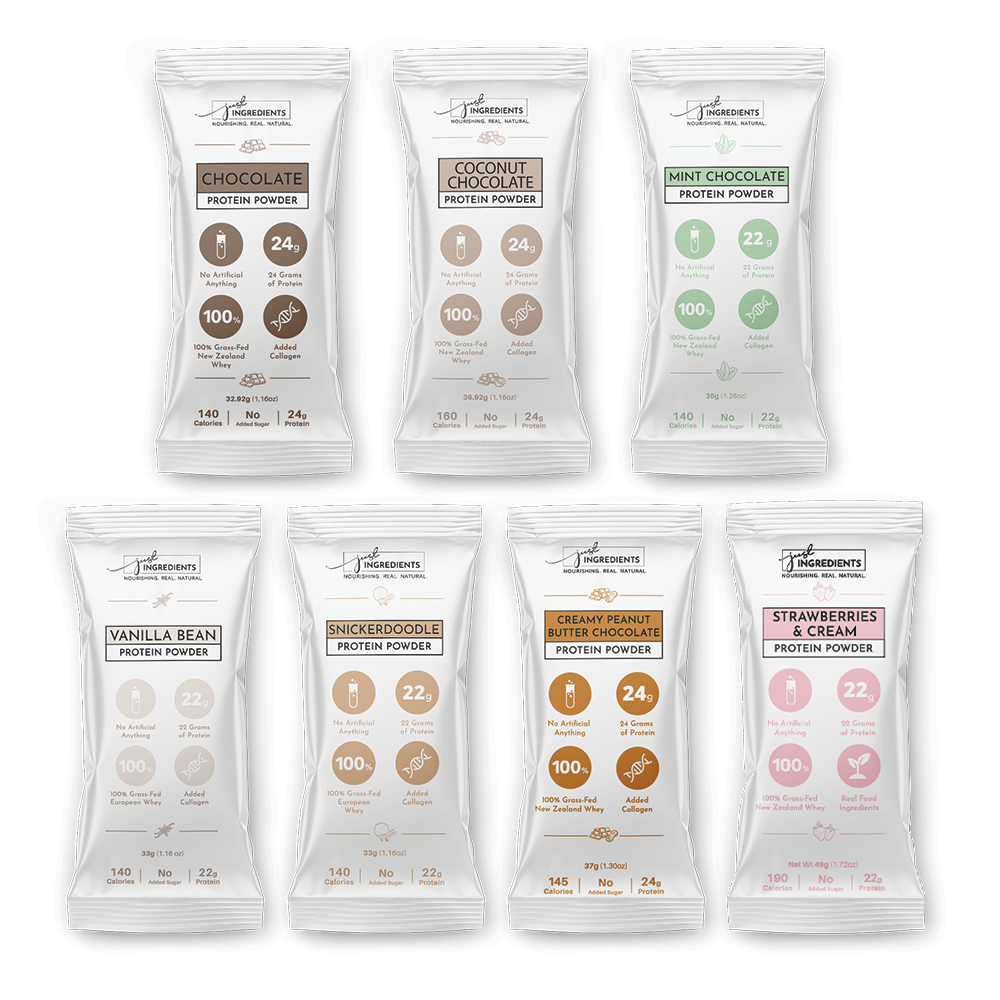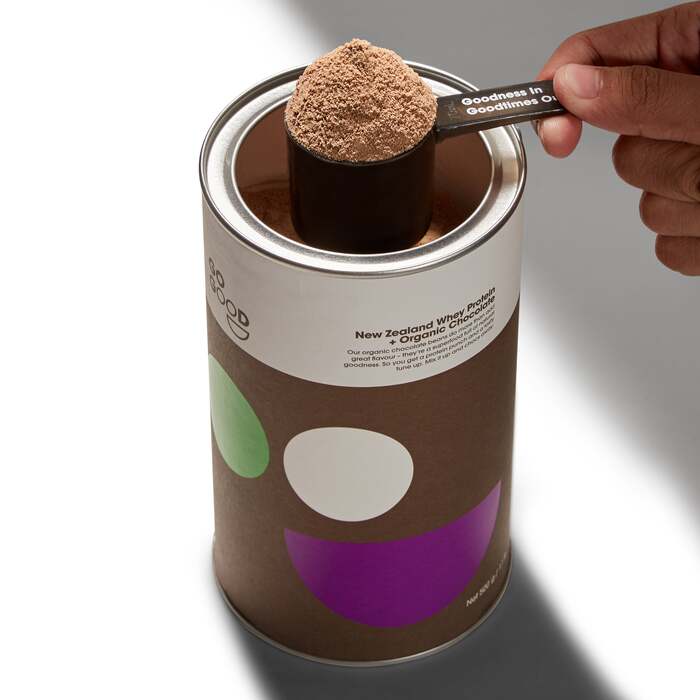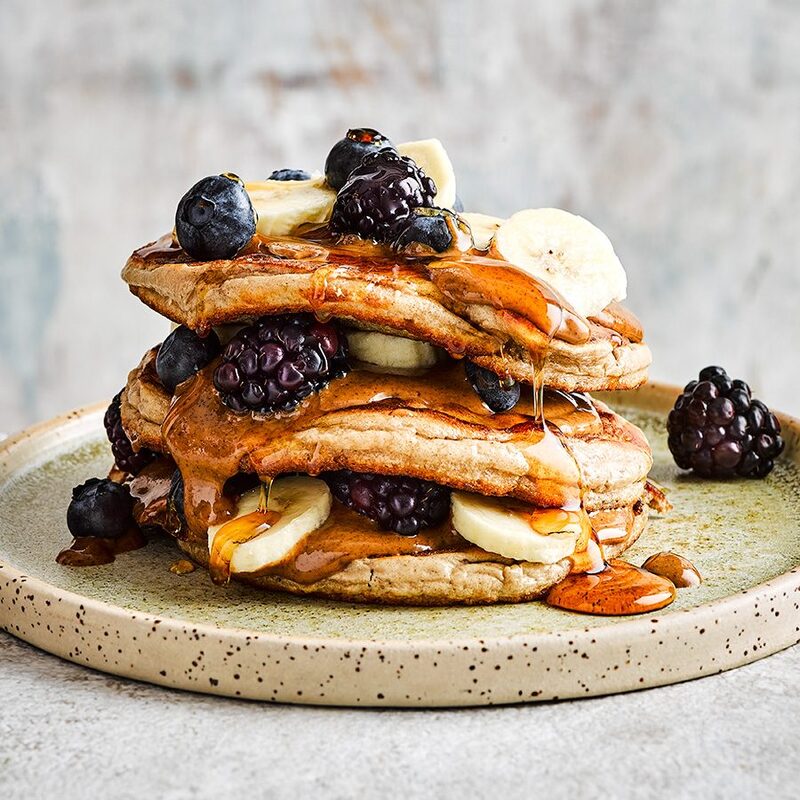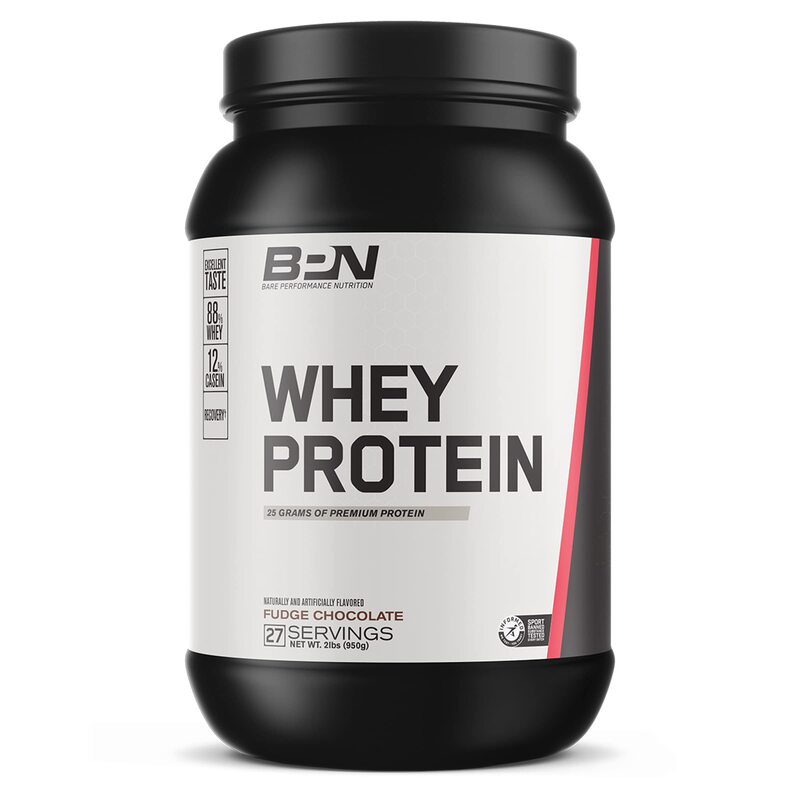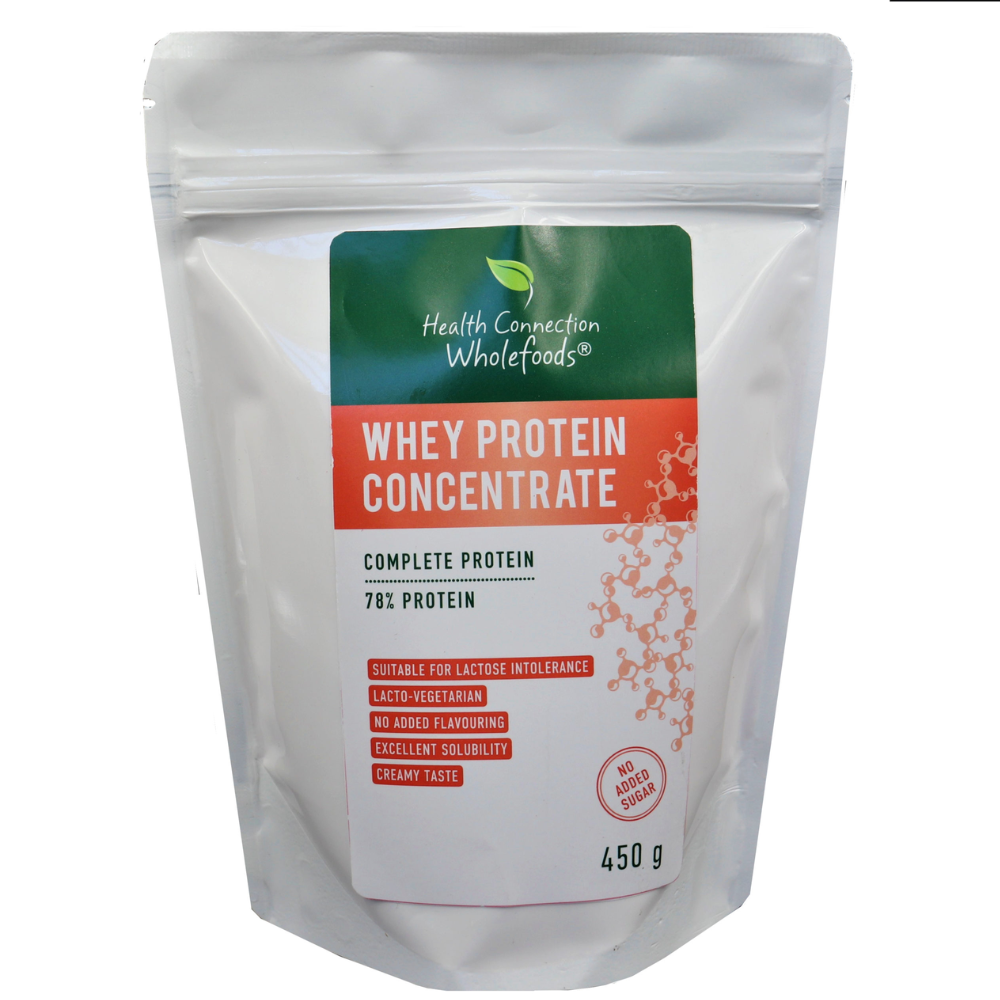Protein powder is a widely-used supplement for athletes and health enthusiasts. However, many people are unsure about its shelf life after opening. Proper storage methods can expand its longevity and ensure maximum freshness. This article will delve into how long protein powder lasts after being opened, relevant storage tips, and crucial indicators of spoilage.
Factors Affecting Shelf Life of Protein Powder
When considering how long protein powder lasts, several factors come into play. Each factor can significantly influence the longevity of the product. Therefore, it’s crucial to recognize these elements to ensure safe consumption.
Type of Protein Powder
The type of protein powder you have significantly impacts its longevity. Different protein sources can have varying shelf lives. For example, whey protein usually lasts around six months after opening. On the other hand, plant-based proteins may last longer. They often contain fewer preservatives. Thus, understanding the specific type you own is essential.
Storage Conditions
In addition to the protein type, how you store the powder matters as well. Proper storage can extend the product’s usability. Ideally, you want to keep it in a cool, dry place. Exposure to humidity can lead to clumping and spoilage. Furthermore, storing it in its original container can also help maintain its quality. Make sure to seal it tightly after each use to prevent moisture from entering.

Recognizing Signs of Spoilage
It’s crucial to be aware of spoilage signs. Protein powder can go bad, and consuming spoiled powder can be harmful. Identifying these signs can prevent potential health issues.
Changes in Smell
One of the most noticeable signs of spoilage is a change in smell. Fresh protein powder has a mild, pleasant scent. If you detect a rancid or off-putting odor, it’s time to discard the powder. This change often indicates that it has gone bad.
Altered Texture or Color
In addition to smell, look for changes in texture or color. Fresh protein powder should be fine and powdery. If you see clumps or an unusual graininess, this may suggest moisture exposure. It’s also essential to check for color changes. Any darkening beyond the usual hue can indicate spoilage.
The Role of Expiration Dates
Understanding the expiration date is also essential. Many protein powders come with a “best by” date. However, the meaning of this date can be misleading. It’s crucial to know how to interpret these labels correctly.
Best By vs. Expiration Dates
The “best by” date often indicates peak quality, not safety. In many cases, protein powder can still be consumed beyond this date if stored correctly. However, rapid quality degradation may occur. Always check for the conditions mentioned earlier to determine its usability.
Manufacturer Guidelines
Additionally, following manufacturer guidelines is vital. Each brand may have different recommendations for storage. Consult the label for specific advice related to your protein powder. This information can assist you in assessing its longevity.

The Benefits of Regular Inspection
Make it a habit to regularly inspect your protein powder. Regular checks help ensure that you’re consuming a safe and effective product. By maintaining diligence, you can avoid any unpleasant surprises.
Weekly Checks
Consider performing weekly checks on your protein powder. While this may seem tedious, a quick visual and smell test can save you. Look for any moisture, clumps, or unusual odors. A few moments each week can make a significant difference in your protein’s quality over time.
Keeping Track of Purchase Date
Another helpful tip is to keep track of the purchase date. Mark the date you opened the container on a calendar or label. This practice keeps you aware of how long it has been since you opened your protein powder. Furthermore, it allows you to plan when to replace it if necessary.
How to Maximize Shelf Life
Maximizing the shelf life of protein powder is simple. Various practices can ensure the powder remains effective. By adopting these habits, you can enjoy the benefits of protein powder for a more extended period.
Proper Sealing Techniques
Using proper sealing techniques is crucial. After each scoop, make sure the container is tightly closed. This simple action prevents air and moisture from entering, which contributes to spoilage. Some individuals even choose to transfer the powder into airtight containers for extra protection.
Avoiding Contamination
Another key practice is avoiding contamination. Always use a dry scoop or utensil when measuring out the powder. Avoid using wet or damp utensils, as they introduce moisture into the container. Additionally, it’s best to wash your hands to minimize bacteria introduction. These small but vital steps can help keep your protein powder fresh.
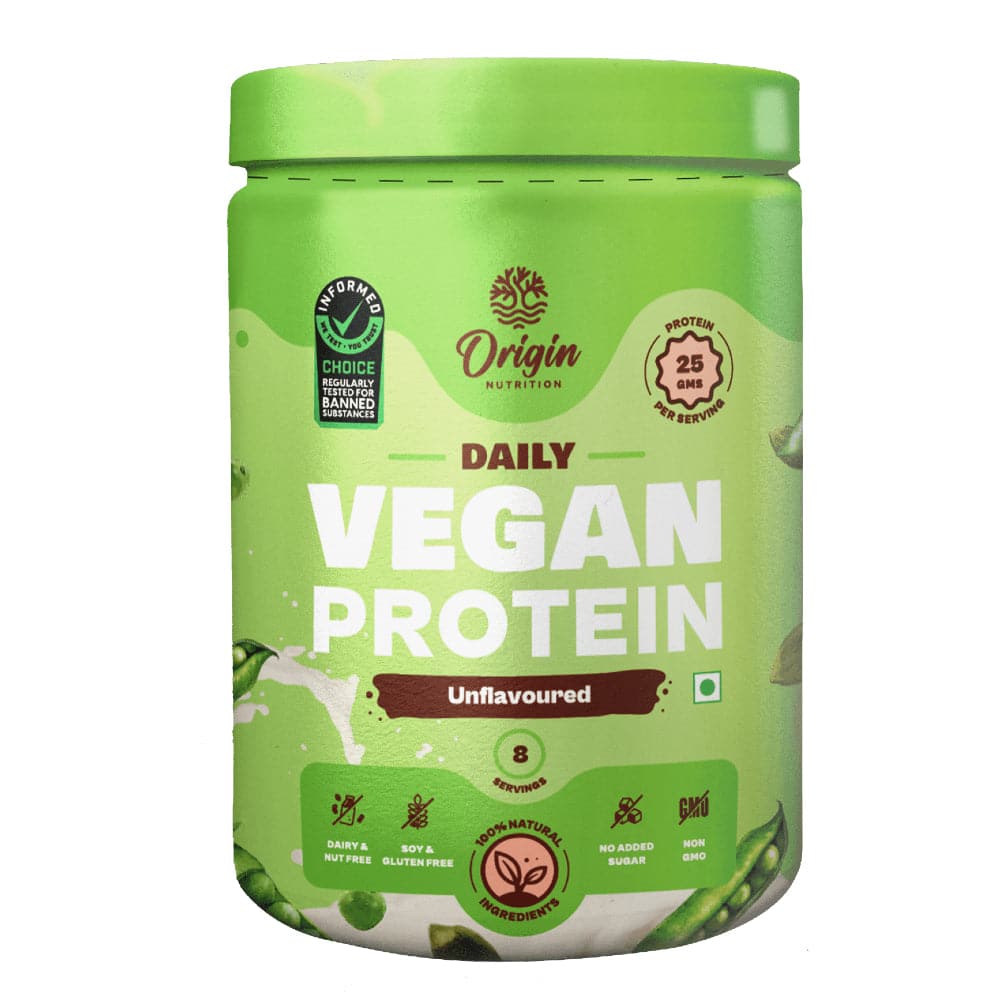
Optimizing Protein Powder Storage Methods
To maximize the shelf life of your opened protein powder, proper storage methods are crucial. Using airtight containers is one efficient practice. Moreover, avoiding the use of scoops that introduce moisture can help maintain freshness. These steps are simple yet effective in enhancing the longevity of your product.
Utilizing Airtight Containers
One of the best practices is transferring protein powder to an airtight container. This minimizes exposure to air and moisture, both of which can degrade quality. Glass containers or high-quality plastic tubs work well for this purpose. Additionally, labeling the container with the purchase date can help track its age effectively.
Avoiding Moisture Introduction
Furthermore, it’s critical to avoid introducing moisture into the protein powder. Always use dry scoops for serving. This may seem trivial, but small droplets can lead to clumping. Moreover, refrain from putting a wet scoop back into the container. This simple act can compromise the entire batch. Therefore, employing such precautions can directly impact your protein powder’s longevity.
How to Determine Freshness Before Use
Checking the freshness of protein powder before each use is essential. Routine assessments can save you from potential health risks. Here are some strategies for ensuring your protein powder remains fresh.
Conducting Visual Inspections
Visual inspections are the first line of defense. Examine the powder for any signs of clumping or discoloration. Any unusual change in appearance may be a red flag. If the powder looks significantly different from when you opened it, trust your instincts.
Smelling the Powder
Additionally, use your sense of smell as a quick check. A strong or off-putting odor is often a sign of spoilage. Fresh protein powder typically has a neutral or slightly sweet aroma. If this changes, it might be time to dispose of the product.
Alternatives: How to Use Outdated Protein Powder
In some cases, you may find yourself with outdated protein powder. While it’s generally best to err on the side of caution, there are alternative uses. For instance, even expired protein powder can be beneficial in certain contexts.
Using Protein Powder in Baking
Firstly, you can incorporate outdated protein powder into baking recipes. Mixed into pancakes or muffins, it can still provide some protein benefits. The cooking process may neutralize any potential spoilage. However, ensure the powder doesn’t exhibit extreme signs of spoilage.
Employing Protein Powder in Smoothies
Additionally, adding it to smoothies can mask unpleasant flavors. The combined ingredients may help neutralize any off-putting taste. If the product smells or looks fine, feel free to get creative. This way, you can reduce waste while still enjoying some of its benefits.
Conclusion: Keeping Protein Powder Fresh
Understanding the lifespan of protein powder after opening is essential. It varies based on types, storage conditions, and handling. Always store it in optimal conditions to extend its freshness.
You should regularly check for signs of spoilage. Conducting visual and olfactory inspections can help you determine its viability. By following the aforementioned practices and tips, you can enjoy the full benefits of protein powder, ensuring it serves you well in your nutrition goals.
While storage and usage methods play crucial roles, being aware of your protein powder’s state adds another layer of safety. Ultimately, taking simple steps can save you time and money. Enjoy your protein powder while maximizing its potential.






